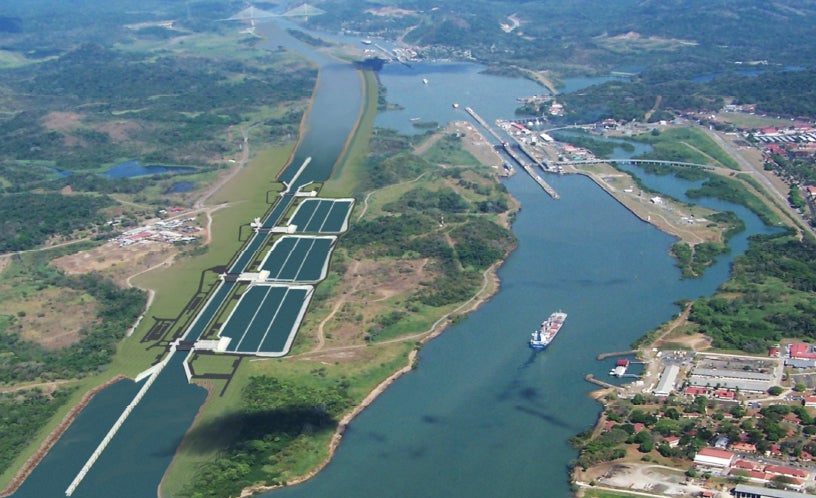Sustainable infrastructure? Isn’t that an oxymoron? Maybe once it was, but in the future, if done right, it could be a huge opportunity.
The stakes couldn’t be higher to build the right kind of infrastructure.
We are in the midst of an unprecedented infrastructure boom that is forever changing the face of our planet, with human needs and economic growth stressing natural and social environments.
It is with this in mind that International Association for Impact Assessment (IAIA), IDB and a multi-sectoral group of professionals, will come together in Panama this December to explore these challenges through the lens of “sustainable mega-infrastructure projects.”
Countries around the world are struggling with the need to build and renew infrastructure. There is a growing global gap between how much is being invested now and the amount that will be needed in order to meet the world’s future infrastructure requirements. On a global scale, it is estimated that by 2030 this investment gap will be $60 trillion.
At the same time, natural and social environments everywhere are facing unprecedented challenges due to population growth and the increasing human needs association with this growth. Mega- infrastructure projects (the really big and expensive projects, with long-term footprints) are increasingly considered a solution to meet these present and future needs. Given the potential negative effects often associated with these types of projects, new sustainable approaches to infrastructure development are required.
We can no longer build as we have done in the past – business as usual is not acceptable. Going forward projects must be assessed through the lens of sustainability – with a focus on not just the economic, but on the environmental, social and health issues. And this is where impact assessment and safeguards come in.
Impact assessment is a valuable process that determines the potential effects of development on the environment and people. When used correctly, impact assessment can be the difference between good and great project design.
But having good impact assessment practices in itself is not enough. Assessments must be paired with effective environmental and social safeguards and performance standards that protect our environment and communities from unwanted negative effects of development. But is that enough, to mitigate the negative impacts? Perhaps not. Maybe, in order to ensure “sustainable infrastructure,” our safeguards need to do more, promote the possible positive but perhaps result in a net benefit to our natural environment and communities.
Join IAIA, IDB and experts from over 20 countries at our symposium in Panama December 1-3, where experts will share their experiences from working on mega-infrastructure projects – from mining and LNG projects, to road, ports and metro lines.
Together we will try to answer some difficult and complex questions: What constitutes “sustainable infrastructure” in the 21st century? What are the environmental, social and economic criteria that define such developments? What are the principles and criteria needed for effective project design and planning? And how can impact assessment be used effectively as a critical process in making mega-infrastructure projects more sustainable? Help us define “sustainable infrastructure” for the 21st century.
For more information and to register for the symposium go to the IAIA Panama Symposium website
Jill Baker
Jill is the Executive Director of the International Association for Impact Assessment (IAIA), the leading global network of impact assessment practitioners. She is Canadian, passionate about the natural environment, and loves to spend her time enjoying the great outdoors of Canada. Jill enjoys complex and interesting challenges, which in combination with her passion for biology, lead to a career involving environmental and economic issues. Before joining IAIA in 2014, she worked for organizations in the private, public and non-profit sectors in Canada, and was previously an impact assessment practitioner, and sustainable development policy wonk.


Leave a Reply